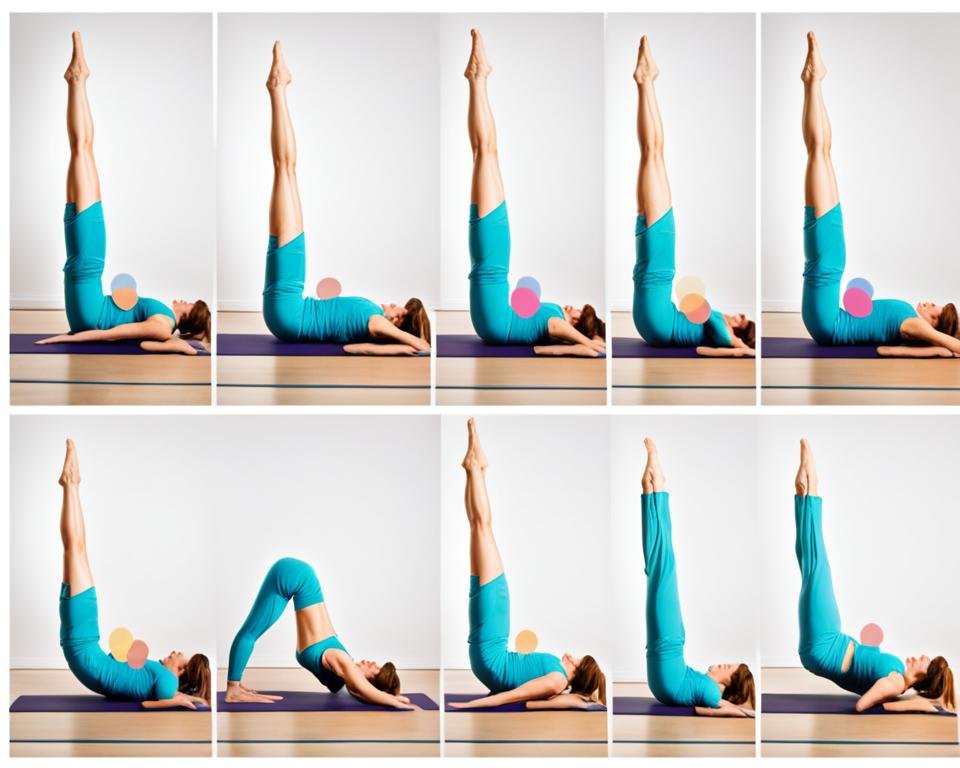Have you ever wondered why yoga focuses so much on breath and meditation while Pilates emphasizes precise control and strength? Though both disciplines emphasize the mind-body connection, they offer unique approaches to achieving physical fitness and mental relaxation.
Yoga and Pilates each bring something unique to the table. Yoga, which has evolved over centuries from a spiritual practice to a widely practiced form of exercise, emphasizes a holistic approach with meditative aspects and breathwork, requiring minimal equipment. In contrast, Pilates, developed by Joseph Pilates in the early 20th century, focuses on precise control, alignment, and making use of specialized equipment like reformers and mats.
The difference between yoga and pilates can often be seen in both historical context and practical application. While yoga’s roots stem from an ancient spiritual discipline, Pilates was specifically designed for physical therapy and rehabilitation. Despite these differences, both disciplines offer immense benefits to physical health and mental clarity, making many people choose between yoga and pilates—or even practice both.
Key Takeaways
- Yoga and Pilates both emphasize the mind-body connection but differ in approach.
- Yoga incorporates holistic aspects of breath and meditation with minimal equipment.
- Pilates focuses on precise control and alignment and often uses specialized equipment.
- Yoga has ancient roots and has evolved from a spiritual practice to exercise over centuries.
- Pilates was created in the early 20th century as a form of physical therapy and rehabilitation.
- Both disciplines offer distinct physical and mental health benefits.
Origins and History of Yoga and Pilates
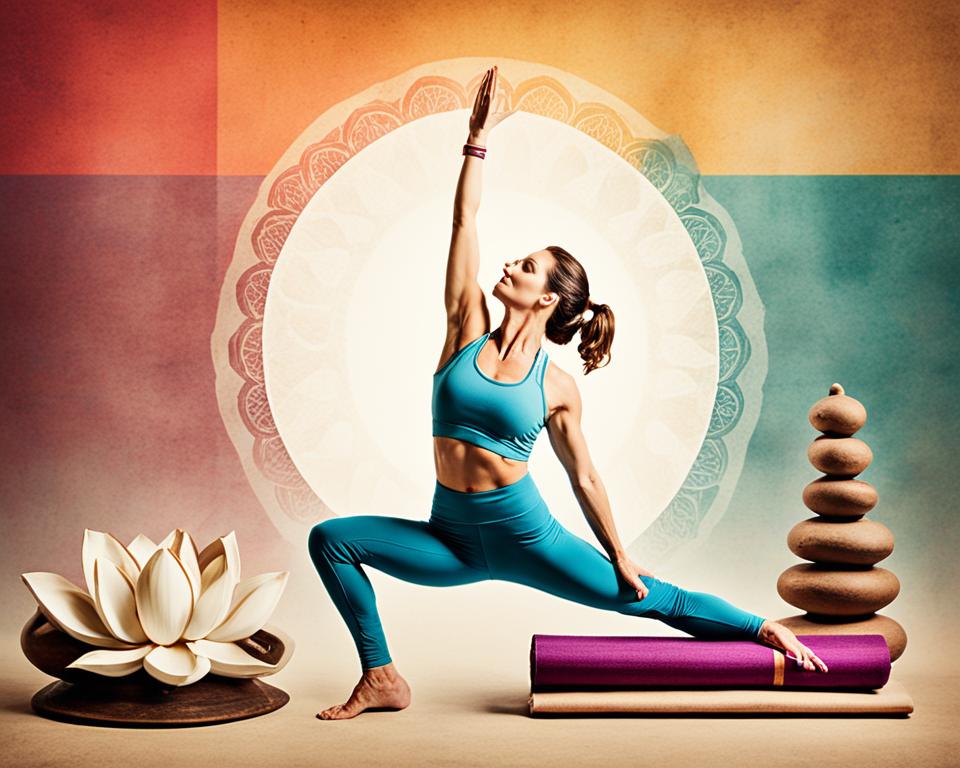
Understanding the origins of Yoga and Pilates reveals the intriguing paths these disciplines have taken over time, reflecting their unique philosophies and methods. The forefathers of these practices set the foundation for their evolution into the popular fitness regimes we know today.
The Ancient Roots of Yoga
Yoga’s roots extend deep into ancient India, originating over 5,000 years ago. Initially a spiritual practice, it focused on harmonizing the mind, body, and spirit through breathwork, meditation, and asanas (postures). These elements set Yoga apart, highlighting its spiritual and holistic nature. With the turn of the century, yoga began morphing from strictly a spiritual discipline into a widely recognized form of physical exercise, thus illustrating one of the key differences between yoga and pilates.
The Modern Development of Pilates
Pilates, conceived in the 1920s by Joseph Pilates, was originally intended as a physical rehabilitation method. Unlike Yoga, its core principles were not rooted in spirituality but rather in physical health and rehabilitation. Joseph Pilates developed this method to enhance core strength, spine alignment, and overall physical balance. Today, specialized equipment like reformers, along with mats and various apparatus, remain central to Pilates practices. This modern approach underscores some unique aspects when we compare yoga and pilates.
Both Yoga and Pilates offer distinct benefits, yet their differing origins show a marked contrast in their foundational philosophies. Nonetheless, there are also several similarities between yoga and pilates, especially in terms of promoting physical wellness and mind-body coordination.
| Aspect | Yoga | Pilates |
|---|---|---|
| Origin | Ancient India, spiritual and holistic focus | In early 20th century Germany, physical rehabilitation |
| Core Principles | Breath, meditation, and postures | Core strength, spine alignment, and balance |
| Equipment | Minimal | Reformers, mats, and apparatus |
| Development Over Time | From spirituality to fitness | Physical therapy to mainstream fitness |
Philosophical and Spiritual Foundations
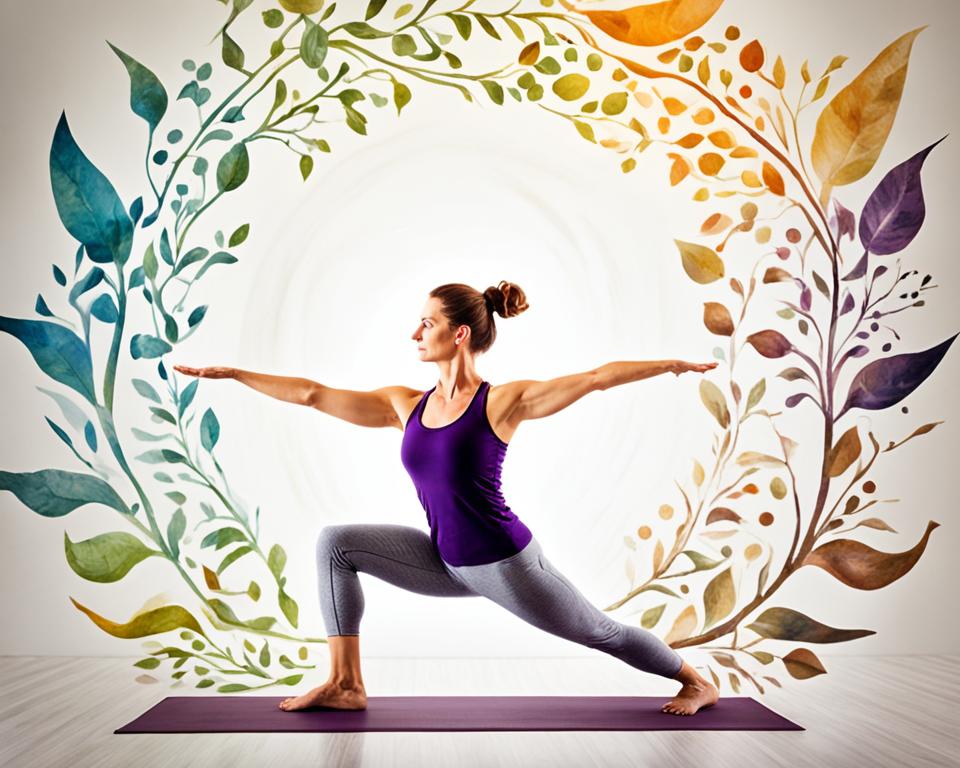
The contrast in the philosophical and spiritual foundations of Yoga and Pilates marks a clear distinction between the two practices. Yoga hails from ancient India and carries a deep spiritual essence, fundamentally aiming to harmonize the mind, body, and spirit through meditation, breathing exercises, and various postures. This holistic approach can be particularly appealing for beginners looking not just for physical activity but also for mental and spiritual growth. The differences between Yoga and Pilates in this regard are profound, as Yoga integrates a variety of meditative elements that foster inner peace and mindfulness.
On the other hand, Pilates, developed by Joseph Pilates in the early 20th century, lacks the spiritual dimension but emphasizes a different kind of mindfulness. Pilates centers on strength, stability, and controlled, precise movements. Originating as a form of physical therapy, it focuses on core strength, body alignment, and muscular toning, which makes it an excellent option for beginners seeking a structured approach to fitness without a spiritual component. In this comparison of Yoga and Pilates, it becomes evident how each discipline offers unique pathways to well-being, catering to varied preferences and goals.
Both Yoga and Pilates encourage mindfulness but in contrasting ways. Yoga’s meditation and breathwork foster a deep mental and spiritual connection, creating a serene practice environment. Meanwhile, Pilates encourages mental focus through controlled, deliberate movements that enhance physical conditioning. Understanding these differences can guide beginners in choosing between Yoga and Pilates, based on their personal objectives and inclinations towards either spiritual enlightenment or focused physical improvement.
Core Principles and Techniques
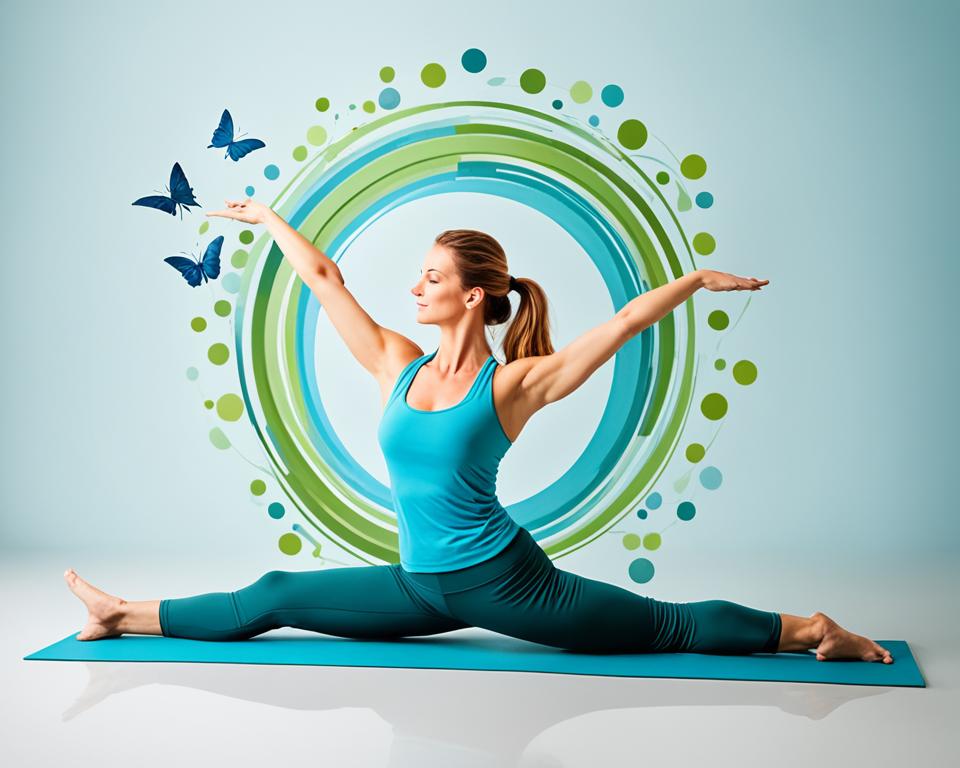
Understanding the core principles and techniques of both Yoga and Pilates provides insight into their unique benefits and practices. While both focus on the connection between mind and body, their approaches and emphases differ significantly.
Yoga’s Focus on Breath and Meditation
One of the primary principles of Yoga is the emphasis on breath control, known as pranayama. This technique is crucial for achieving a meditative state and connecting the physical postures, or asanas, with mental clarity and emotional stability. Meditation is another cornerstone of Yoga practices, promoting a holistic approach to well-being that integrates the mind, body, and spirit. Thus, when choosing between Yoga and Pilates, consider whether you prefer the meditative and breath-focused aspects of Yoga.
Practitioners often end their sessions with a relaxation period, known as Savasana, to absorb the benefits of their practice. This deep relaxation enhances the mind-body-spirit connection, making Yoga not just a physical workout but also a pathway to mental tranquility.
Pilates’ Emphasis on Controlled Movements
In contrast, Pilates centers around controlled, precise movements aimed at strengthening the core muscles. Joseph Pilates designed his method to enhance muscular strength, flexibility, and endurance without bulk, using specialized equipment like reformers to create resistance. The practice involves repetitive, low-impact exercises that are meticulously executed, making it an excellent choice for muscle toning and rehabilitation.
When considering which is better, Yoga or Pilates, it largely depends on your personal fitness goals. If your focus is on core strength and controlled body movements, Pilates offers a structured environment to achieve these outcomes. Understanding the similarities between Yoga and Pilates can help you integrate elements of both practices into your fitness routine, thereby reaping the diverse benefits each has to offer.
| Feature | Yoga | Pilates |
|---|---|---|
| Primary Focus | Breath, meditation, and flexibility | Core strength, controlled movements |
| Equipment | Minimal, mats | Reformers, mats, and other apparatus |
| Mind-Body Connection | High emphasis on spiritual components | Moderate emphasis, no spiritual aspect |
| End Goal | Holistic well-being and relaxation | Core strength and muscle toning |
Difference Between Yoga and Pilates
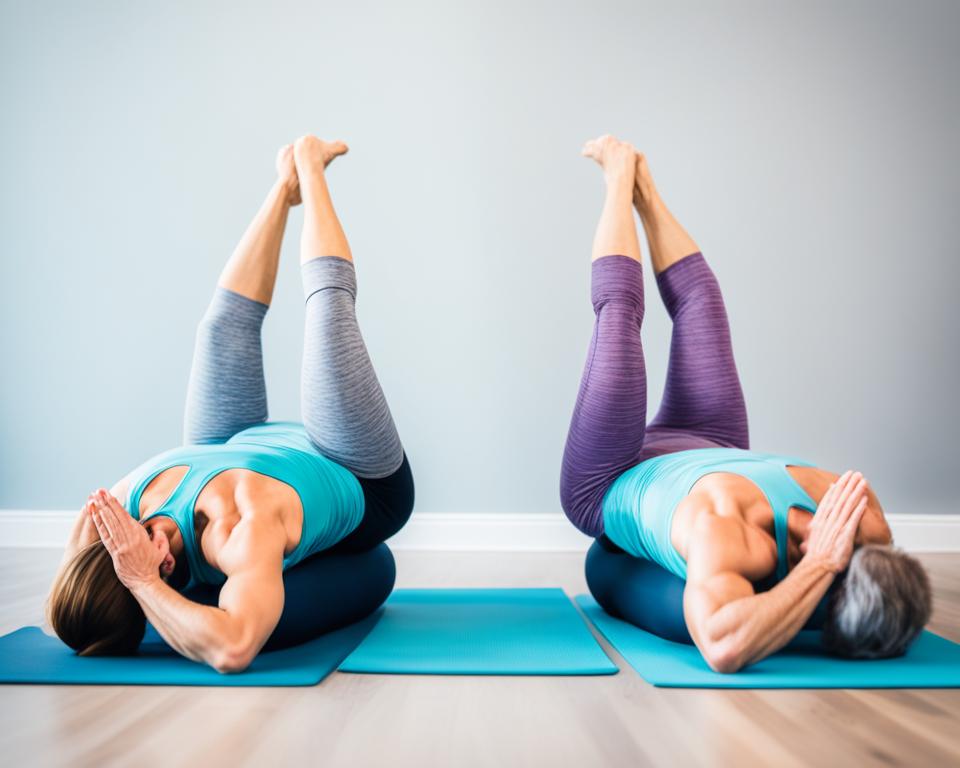
Understanding the primary yoga and pilates differences can help you choose the best practice for your fitness needs. Yoga, with its ancient origins, combines spiritual and meditative components, focusing on breath control, posture, and minimal equipment. Pilates, in contrast, was developed more recently by Joseph Pilates, emphasizing core strength and employing equipment such as reformers to enhance workouts.
Though these practices share some similarities, it is undeniable that their historical contexts and core functionalities set them apart. A yoga pilates comparison reveals that while both enhance physical fitness and mental clarity, Yoga integrates a significant spiritual aspect absent in Pilates. Furthermore, Pilates specifically focuses on strengthening the core and improving posture through controlled movements and specialized apparatus.
| Aspect | Yoga | Pilates |
|---|---|---|
| History | Ancient practice from India | Developed in the early 20th century |
| Spiritual Component | High | Low |
| Equipment | Minimal (mats, blocks) | Extensive (reformers, mats) |
| Focus | Meditation, flexibility | Core strength, posture |
When you compare yoga and pilates, it becomes evident that both have unique benefits tailored to different fitness routines. Whether seeking meditative relaxation or core strengthening, recognizing the key differences and similarities between yoga and pilates can guide you in selecting the most appropriate practice for your personal wellness goals.
The Health Benefits of Each Practice
Yoga and Pilates each offer a unique set of health benefits tailored to different fitness needs and personal preferences. Whether you’re seeking to improve flexibility or enhance core strength, both practices provide a comprehensive approach to physical and mental well-being.
Benefits of Practicing Yoga
Yoga is renowned for its ability to enhance flexibility and reduce stress. Regular practice can lead to improved mental health, thanks to its emphasis on mindfulness and meditation. Incorporating yoga into your routine can also aid in better sleep quality, as its relaxation techniques help to calm the mind and body. Whether you’re an athlete looking to increase range of motion or someone simply aiming for a more balanced lifestyle, yoga offers a holistic approach to wellness. Its minimal equipment needs make it accessible for everyone, from beginners to advanced practitioners.
Benefits of Practicing Pilates
Pilates shines when it comes to core strengthening and posture improvement. Its technique of controlled movements focuses on building a strong, stable core, which is essential for overall mobility and balance. One thing to remember is what kind of dress you should wear while doing Pilates. Additionally, Pilates can be particularly beneficial for injury rehabilitation, as its low-impact exercises are designed to improve muscle tone and support joint health. Pilates provides a structured, equipment-based approach that adapts to all fitness levels for those choosing between yoga and Pilates with a focus on rehabilitation and physical strength.
Both yoga and Pilates have distinct advantages that cater to different aspects of physical health and well-being. Whether you’re aiming to improve flexibility, reduce stress, or strengthen your core, comparing yoga and Pilates can help you make an informed choice that aligns with your fitness goals. Understanding the benefits of yoga and Pilates can guide you toward a practice that meets your unique needs, ultimately enriching your journey toward better health.
FAQs on Difference Between Yoga and Pilates
What is the primary difference between Yoga and Pilates?
The primary difference lies in their approach and execution. Yoga emphasizes a holistic approach with meditative aspects, breathwork, and minimal equipment, while Pilates focuses on precise control, alignment, and utilizes equipment like reformers and mats.
How did Yoga and Pilates originate?
Yoga originated in ancient India and has evolved from a spiritual practice to a form of exercise. Pilates was developed by Joseph Pilates in the 1920s as a physical therapy method to improve core strength, spine alignment, and overall balance and strength.
Are there spiritual components in both Yoga and Pilates?
Yoga incorporates spiritual elements, drawing from its ancient origins and emphasizing the harmony of mind, body, and spirit. Pilates, on the other hand, promotes mindfulness but does not have a spiritual component, aligning more with traditional fitness routines.
What are the core principles of Yoga?
Yoga’s core principles focus on breath and meditation to achieve a deep connection between physical postures and mental wellbeing, often ending with relaxation time.
What are the core principles of Pilates?
Pilates emphasizes controlled movements with precise execution to enhance core strength and muscular toning, often involving repetitive, low-impact exercises and equipment like reformers to create resistance.
What are the main health benefits of practicing Yoga?
The health benefits of practicing Yoga include improved flexibility, stress reduction, mental health support, and enhanced sleep quality.
What are the main health benefits of practicing Pilates?
Pilates is known for its core strengthening, posture improvement, and mobility enhancements, which can also aid in injury rehabilitation.
Which practice is better for flexibility, Yoga or Pilates?
Both Yoga and Pilates can improve flexibility, but Yoga typically places a stronger emphasis on stretching and flexibility within its postures.
Is Yoga or Pilates better for beginners?
Both Yoga and Pilates have beginner-friendly options. The choice depends on personal goals: Yoga is good for those seeking a holistic practice with meditative aspects, while Pilates is ideal for those focusing on core strength and controlled movements.
Can Yoga and Pilates be combined in a fitness routine?
Yes, many people combine Yoga and Pilates to take advantage of the unique benefits each offers, enhancing overall physical health and wellbeing.

